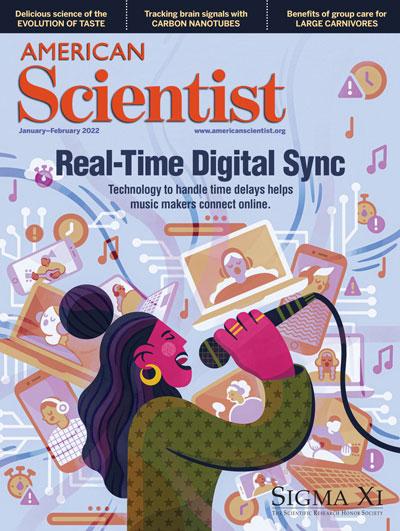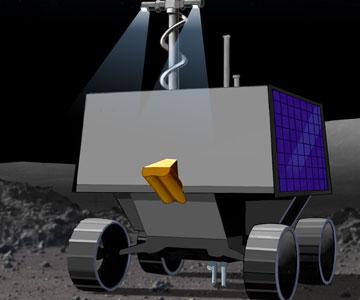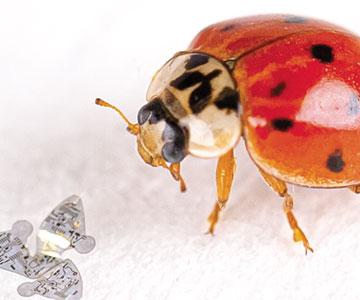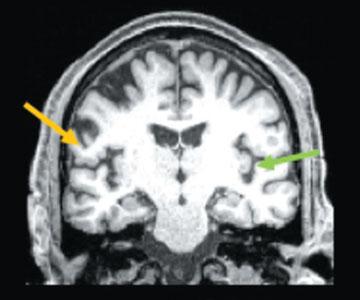Magazine
January-February 2022

January-February 2022
Volume: 110 Number: 1
Singing together helps people build community and cope with anxiety and loss. Yet singing together has been notoriously risky during the COVID-19 pandemic. So, singers devised ways to carry on making music virtually, finding workarounds to deal with the audiovisual latency inherent in online communications. In “Virtual Community Singing During the COVID-19 Pandemic,” music historian Esther M. Morgan-Ellis summarizes her investigation of the experiences of people gathering online to sing together during the pandemic. Low-latency communications platforms for musicians have existed for about 15 years but are not yet broadly accessible. Great technological strides have been made during the pandemic, with programmers improving the software people use for virtual music-making and musicians becoming more aware of available technologies. Eventually, most people who want to sing together virtually will have access to technology that will facilitate real-time, multidirectional audiovisual communication. (Illustration by Chanelle Nibbelink.)
In This Issue
- Art
- Astronomy
- Biology
- Chemistry
- Communications
- Computer
- Engineering
- Evolution
- Medicine
- Physics
- Psychology
- Technology
Tiny Lights in the Brain's Black Box
Madeline Klinger, Markita Landry
Medicine Technology
Carbon nanotubes can image dopamine and other neuromodulators implicated in Parkinson’s, depression, and other currently incurable diseases.
Mammoth Appetites
Rob Dunn, Monica Sanchez
Anthropology
The dominant theory of early human food choices asserts that people decided what to hunt and gather based on nutritional needs. But where does that leave flavor?









